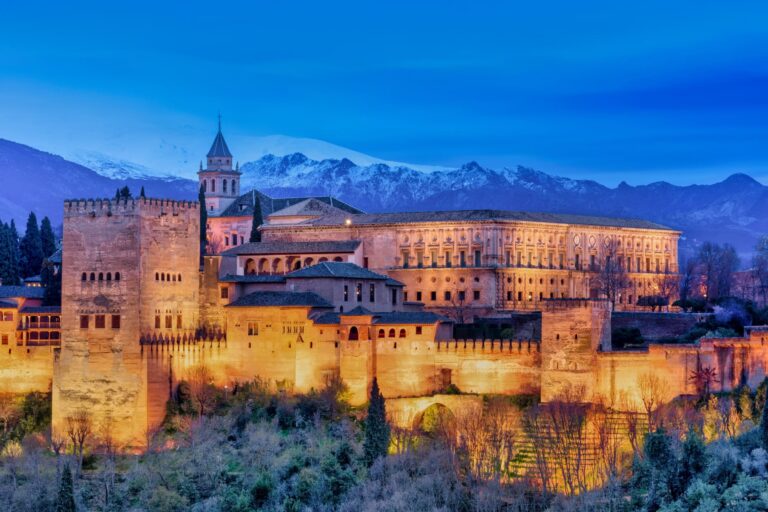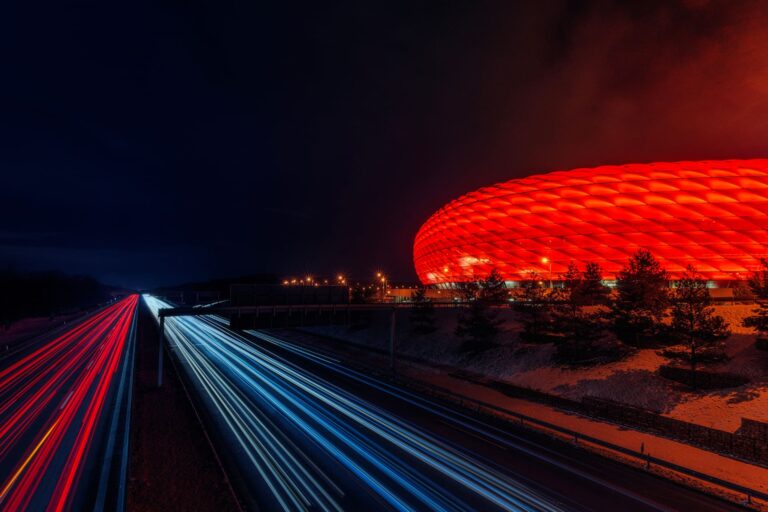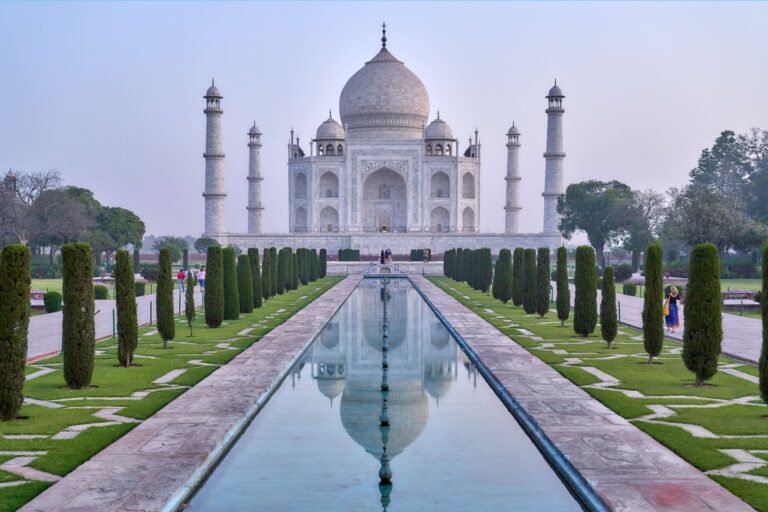The Roman Coliseum: From Gladiatorial Games to a Modern Tourist Attraction
The Roman Coliseum, an architectural marvel and a symbol of the grandeur of the Roman Empire, has stood the test of time. From the bloody gladiatorial games of the past to its status as a modern tourist attraction, the Coliseum's history is as fascinating as its structure.
| Attribute | Description |
|---|---|
| Name | The Colosseum (Flavian Amphitheater) |
| Location | Rome, Italy |
| Date Built | 70-80 A.D. |
| Built By | Flavian Dynasty (Vespasian, Titus, Domitian) |
| Purpose | Political symbol of the city’s resurgence and blood-sport entertainment |
| Materials Used | Primarily concrete, approximately 99,000 cubic meters of travertine, marble, stone, and timber |
| Height | Approximately 48 meters |
| Capacity | Estimated 50,000 to 80,000 people |
| Architectural Significance | Grand design employs columns, arches, and barrel vaults; greatest innovation was its use of concrete |
| Financing Source | Partly financed with booty taken by Roman soldiers during the empire's raid on Jerusalem Temple during the First Roman-Jewish War |
| Current Use | Tourist attraction |
The Gladiatorial Games: A Glimpse into the Past
The Roman Coliseum, also known as the Flavian Amphitheater, was a hub for public spectacles, the most famous of which were the gladiatorial games. These games were not merely battles to the death; they were elaborate productions that showcased the wealth and power of the Roman Empire. The Coliseum could seat between 50,000 and 80,000 spectators, who were divided according to social status. The games were a display of the empire's advanced engineering skills and its ability to control and manipulate wild animals from across its vast territories.
The gladiatorial games were a spectacle of fear and greed. Gladiators, often slaves or condemned criminals, fought bloody battles against each other or against wild animals. The victors were showered with riches and prestige, while the defeated were left to the mercy of the emperor and the crowd. The games were a stark reminder of the power dynamics within Roman society and served as a form of social control.
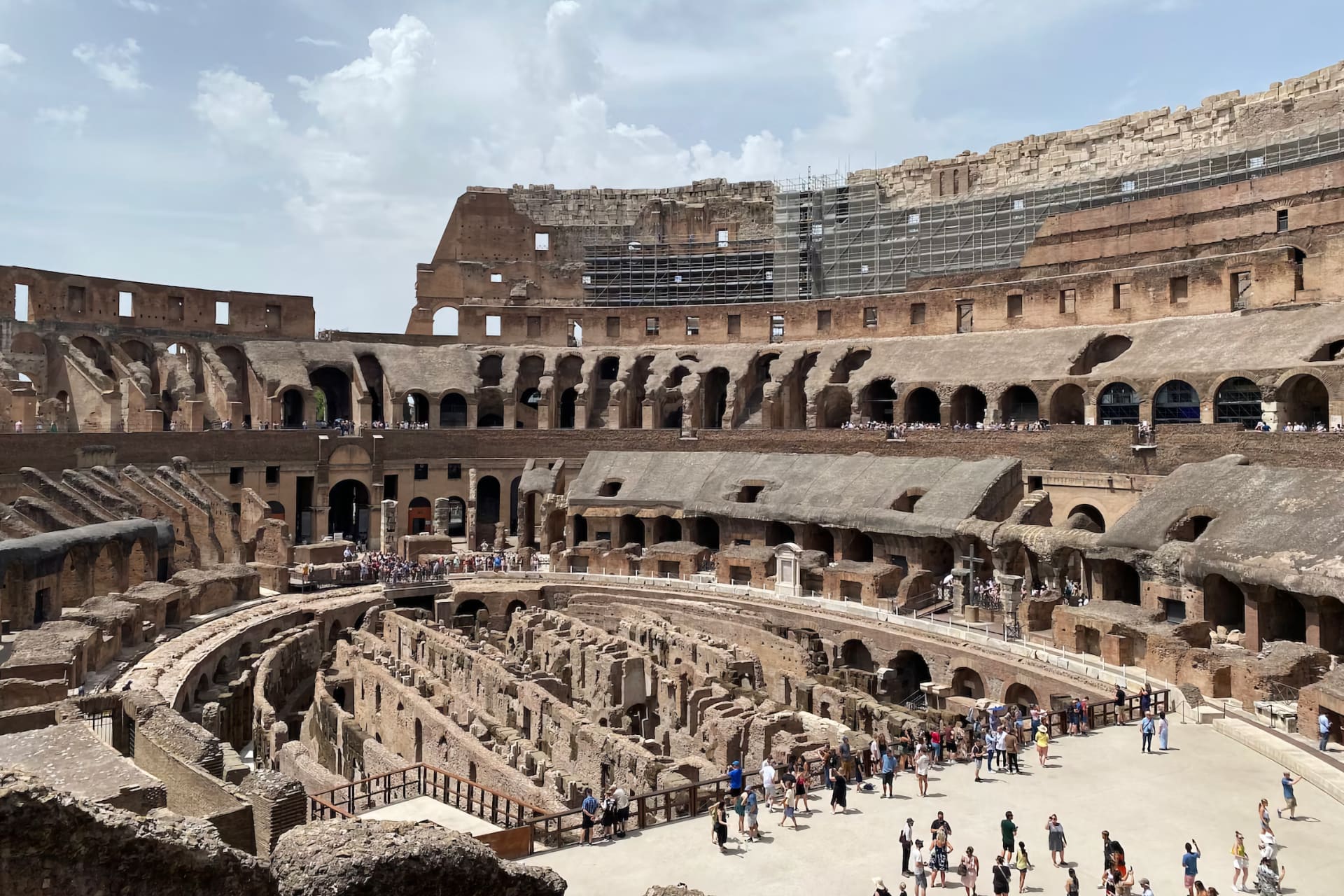
The Coliseum's Transformation: From Arena to Tourist Attraction
Over the centuries, the Roman Coliseum has undergone significant changes. After the fall of the Roman Empire, the Coliseum fell into disuse and was damaged by earthquakes and stone-robbers. However, in the modern era, it has been recognized for its historical and cultural significance and has been restored as a tourist attraction.
Today, the Roman Coliseum is one of the most visited monuments in Italy, attracting millions of tourists each year. Visitors can explore the underground tunnels where gladiators and animals were kept, walk on the arena floor, and marvel at the massive structure that has survived for nearly two millennia. The Coliseum is not just a monument; it is a testament to the architectural prowess of the ancient Romans and a window into the past.
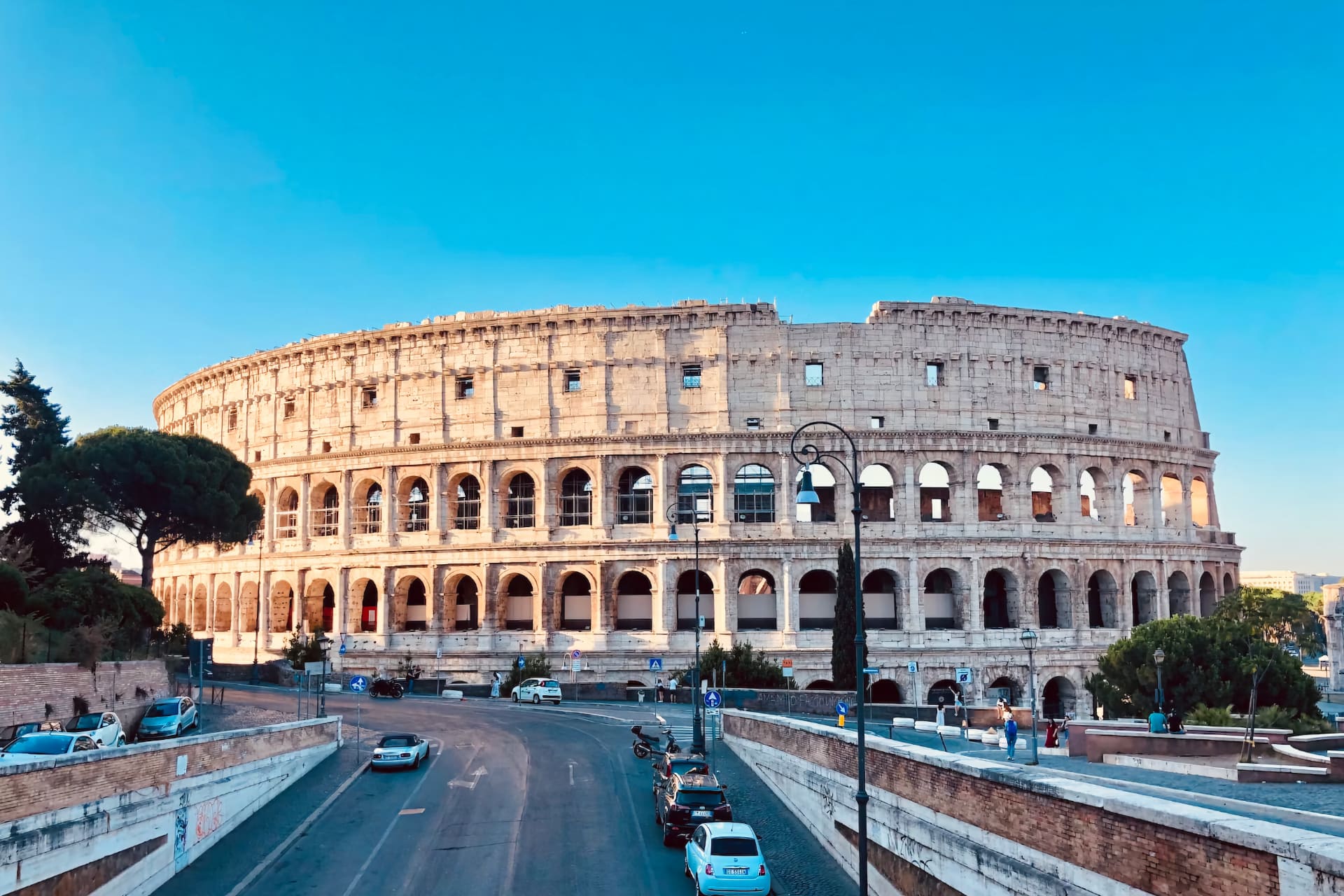
The Roman Coliseum: A Modern Influence
The influence of the Roman Coliseum extends beyond its historical and cultural significance. Its design and function have influenced modern stadiums and arenas around the world. The use of arches for stability, the division of seats based on social class, and the provision of spectator services like food stalls and public latrines are features seen in modern stadiums.
The Roman Coliseum, from its days of hosting gladiatorial games to its current status as a tourist attraction, continues to captivate and inspire. It stands as a testament to the power and prestige of the Roman Empire, a symbol of the human capacity for architectural brilliance, and a reminder of the societal dynamics of ancient Rome.
Frequently Asked Questions
Why is the Colosseum such a tourist attraction?
The Colosseum is a symbol of the grandeur of the Roman Empire and a testament to its architectural prowess. It offers a glimpse into the past, from the gladiatorial games to the societal dynamics of ancient Rome. Its historical and cultural significance, combined with its impressive structure, make it a major tourist attraction.
How is the Roman Colosseum similar to modern stadiums?
The Roman Colosseum has influenced the design and function of modern stadiums. Features such as the use of arches for stability, the division of seats based on social class, and the provision of spectator services like food stalls and public latrines, which were present in the Colosseum, can be seen in modern stadiums.
How did the Colosseum influence modern stadiums?
The Colosseum's architectural design, particularly its use of arches for stability, has been adopted by modern stadiums. Additionally, its function as a venue for public spectacles and its provision of spectator services have influenced the way modern stadiums are designed and operated.
How did the Colosseum games affect Roman society?
The Colosseum games were a form of entertainment and a display of the wealth and power of the Roman Empire. They reinforced social hierarchies, as seating arrangements were based on social status. The games also served as a form of social control, demonstrating the power of the emperor and the empire.

